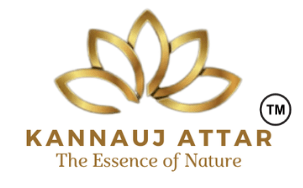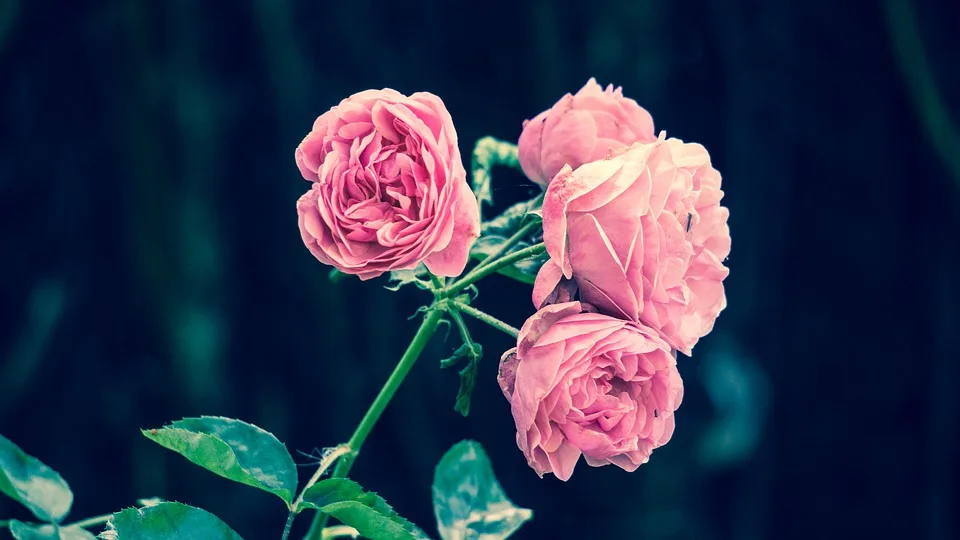What is Attar?
Attar, also known as “Itra” or “Ittar” is fragrance essential oil, typically made from rose petals. The In true sense, the word ‘attar’ is an Arabic word which means scent.
Manufacturing of Attar fragrance oils is the practice of extracting scent from flowers, herbs and other botanical sources. Some attar oils are extracted from wood species as well.

History of Attar/Ittar
History of making attar is quite ancient in India that is more than 60000 years old. It gained popularity during moghul’s period in India. There are many sources which cite that use of attar oils and fragrances added a nice whiff to life during the Moghul times in India.
The history of attars is very much associated to the history of Kannauj, a small town in Uttar Pradesh in India. Kannauj is also known as “perfume city of India” and “Ittra Nagri” as the town is popular for manufacturing of attar oils. There are more than 500 units of manufacturing traditional attar in Kannauj.
The city has been known for natural attars even before Mugal time when aromatic botanicals such as Sandal, Musk, Rose, Comphor, Saffron etc were used to extract natural fragrances.
These natural organic attars were further explored and experimented during the Mugal period India. Most of the mugal emperors and their queens were fond of attar fragrances and this led to the discovery and development of attars in India. According to some sources, the process of development of attar from Roses was discovered by then Mugal queen Noorjahan. However Dr. R. Nath says that it was indeed the discovery of her mother Asmat Begum.
According to some historians, the popular Mugal emperor Akbar had a whole department of perfumery so that he and his successors could keep their bodies (and minds) well scented in a region where the hot climate could be countered effectively.
How Traditional India Attars Are Made?
Traditional ways of making Attar & essential oils still thrive in Kannauj and are fondly preserved by craftsman and attar manufacturers/producers.
This tradition has been passed on from generation to generation. It’s really a great treat for eyes to watch the traditional attar making process been performed by craftsmen.
Equipment Used for Traditional Attar Making
The production of attar oils for floral is usually performed in remote areas as flowers are
required to be processed at the earliest after they are plucked away from plants. The apparatus & equipments used for producing various types of attar oils are light and efficient. Blow listed are the details of equipments that are typically used for traditional attar making:
- Traditional Deg or Still
The process is carried out in copper stills which are also referred as “Degs”. From centuries degs have played a critical role in producing organic fragrance oils using traditional ways. Degs are made of copper metal and have opening for connections to one or two receivers.
- Bhapka or Receiver
The Bhapka, also called “receiver” is built of copper and contains round shape with long neck. During the process of making attar the receiver is required to be connected with Deg via Chonga. It is popular as Bhapka in local language and it acts as condenser as well.
- Traditional Bhatti or Furnace:
Traditional bhatti that are used by attar craftsman is built up of bricks and clay. Typically wood or coal is used for heating during the process.
- Gachchi or cooling water tank:
A cooling water tank is the place where Bhapka, or receiver is kept and its purpose is to cooling the distillate from Deg.
- Kuppi or leather bottle:
Kuppi are the bottle made from leather of animals. These bottles are used to remove moisture from attars.
Usage & Application of Attar:
Attar oils have a comprehensive range of applications and usage. Each attar oil carries its own unique fragrance & features, likewise they have different usage. Some of the attar oils are used in various products while some are directly applied on body as scents. Besides these, there are various attar oils & essential oils that are helpful in healthcare and their unique fragrance help healing body and strengthening mind.


